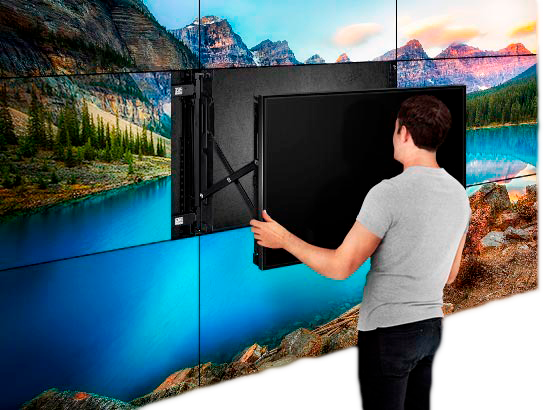Exploring the Crucial Factors That Affect Hue Consistency in Light Emitting Diode Wall Screens for Optimal Visual Output
Exploring the Crucial Factors That Affect Hue Consistency in Light Emitting Diode Wall Screens for Optimal Visual Output
Blog Article
Hue consistency in light-emitting diode wall screens is crucial for achieving maximum visual output. LED wall panels are commonly used in various settings, including concerts, conferences, and promotional showcases. When the hues on these panels are consistent, they create a more captivating and enveloping encounter for viewers. Several key factors influence hue uniformity, including the caliber of the light-emitting diode components, calibration procedures, and surrounding conditions.
The quality of the light-emitting diode components plays a significant role in hue uniformity. Various types of light-emitting diodes produce light at varying frequencies, which can affect the overall hue result. Premium LEDs are designed to produce a more uniform light range, resulting in better hue precision. Additionally, the production method of these light-emitting diodes can affect their functionality. Panels made with high-grade materials and techniques tend to have less color variations, guaranteeing that the shown images and videos look lively and faithful to reality.
Tuning is another crucial factor in maintaining color uniformity in light-emitting diode wall panels. Calibration entails adjusting the settings of the screen to ensure that the colors displayed match the intended design. This procedure can consist of adjusting brightness, contrast, and hue equilibrium. Regular calibration is essential, especially in settings where lighting factors change often. By calibrating the panels, specialists can fix any discrepancies in color result, resulting to a more uniform viewing experience.
Surrounding factors also affect hue uniformity in light-emitting diode wall screens. Elements such as ambient light, temperature, and moisture can affect how colors are perceived. For example, intense surrounding light can wash out hues, making them appear less vibrant. Similarly, harsh heat can influence the functionality click to read of the LEDs, leading to color changes. To reduce these problems, it is essential to install light-emitting diode wall panels in managed environments where lighting and temperature can be managed efficiently.
Lastly, the design and layout of the LED wall screens can affect color consistency. The arrangement of the screens, as well as the distance from which they are observed, can create differences in color perception. When panels are placed too distant apart or at varied positions, audiences may detect inconsistencies in color. To achieve the best visual output, it is crucial to consider the placement and alignment of the screens during installation. By addressing these elements, operators can guarantee that their light-emitting diode wall panels deliver a consistent and high-quality visual experience.